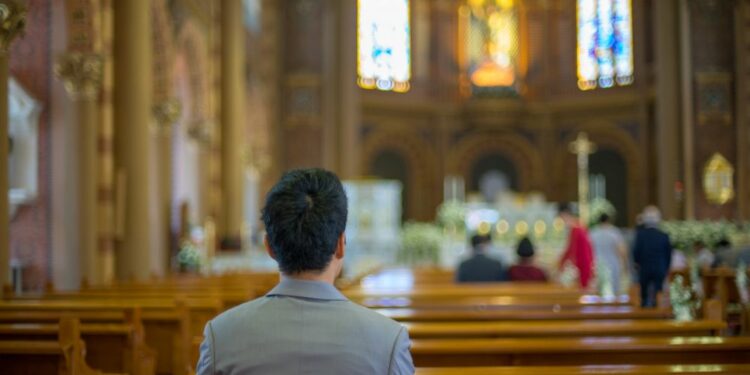The stabilization shows a halt — or at least a pause — in previous trends, which showed a rise in Americans identifying themselves as atheist, agnostic, or no particular religion. The first major surge occurred in the 1990s, which continued into the 2010s.
The growth in this demographic slowed down between 2013 and 2018, increasing by only two percentage points in that time frame, from 30% to 32%. In 2019, it saw another surge to 35% but has remained relatively stable since then, only increasing by one more percentage point by 2023.
“We can definitely say there’s been a pause [in the growth of nonreligious Americans],” Joe Heschmeyer, a staff apologist at Catholic Answers, told CNA. “We can much less reliably predict what the future holds.”
Several factors contribute to the initial surge, along with the subsequent stabilization in the percentage of Americans who don’t identify with a particular religion, according to Burge.
Burge noted the fall of the Soviet Union and the Berlin Wall as two factors contributing to this surge in the United States, because there was “less stigma [around atheism and a lack of religiosity] when we weren’t in the Cold War anymore.” The rise of the internet in the 1990s, he also mentioned, made it easier for skeptics of religion to associate with like-minded people, even if they lived in relatively religious communities.
In this time frame, Burge said “the marginal Christian” began to stop identifying with a particular religion. The current numbers, he said, demonstrate what the United States “really looks like religiously.”
Credit: Source link




